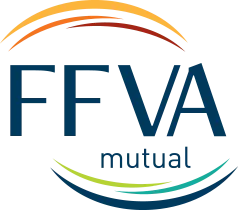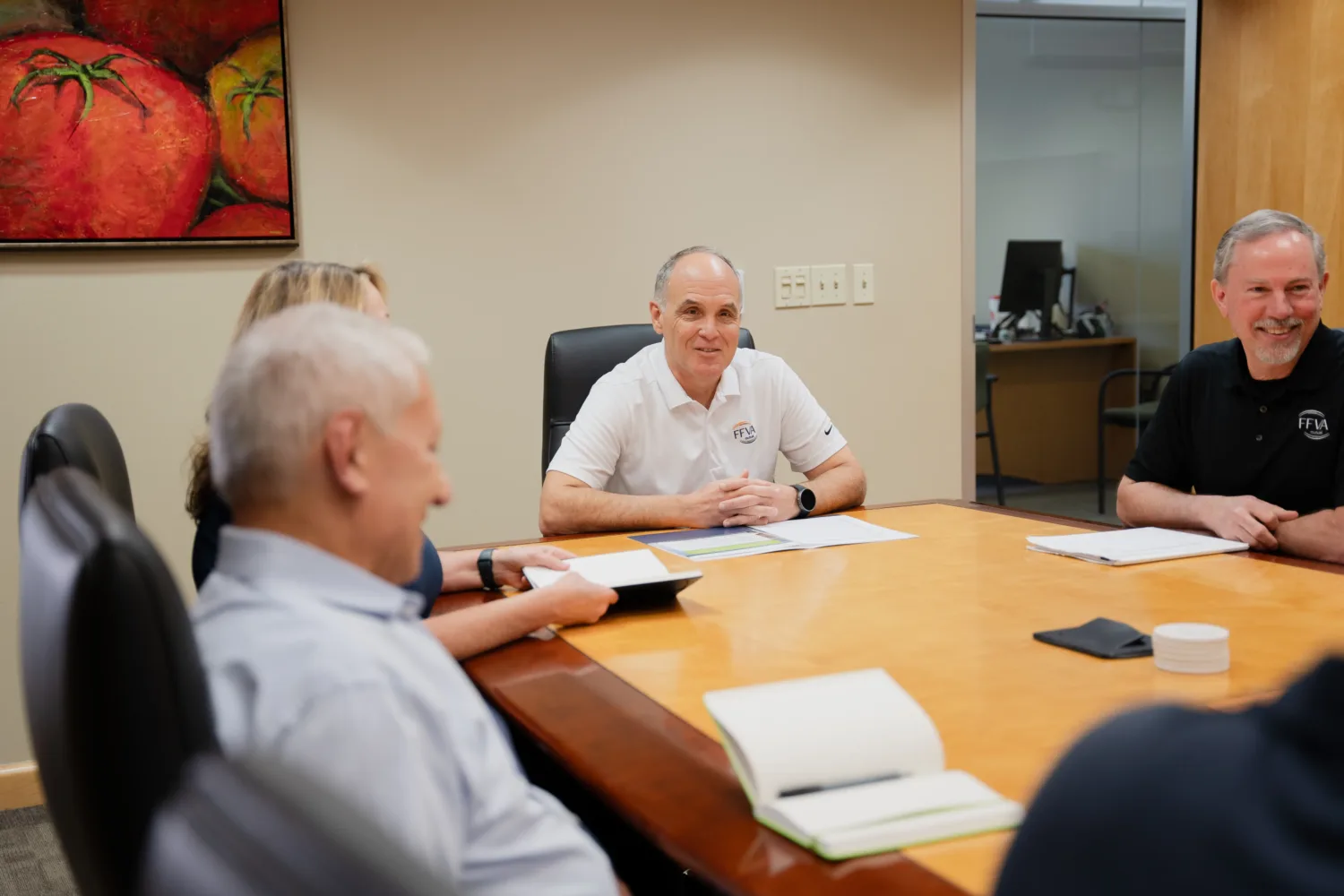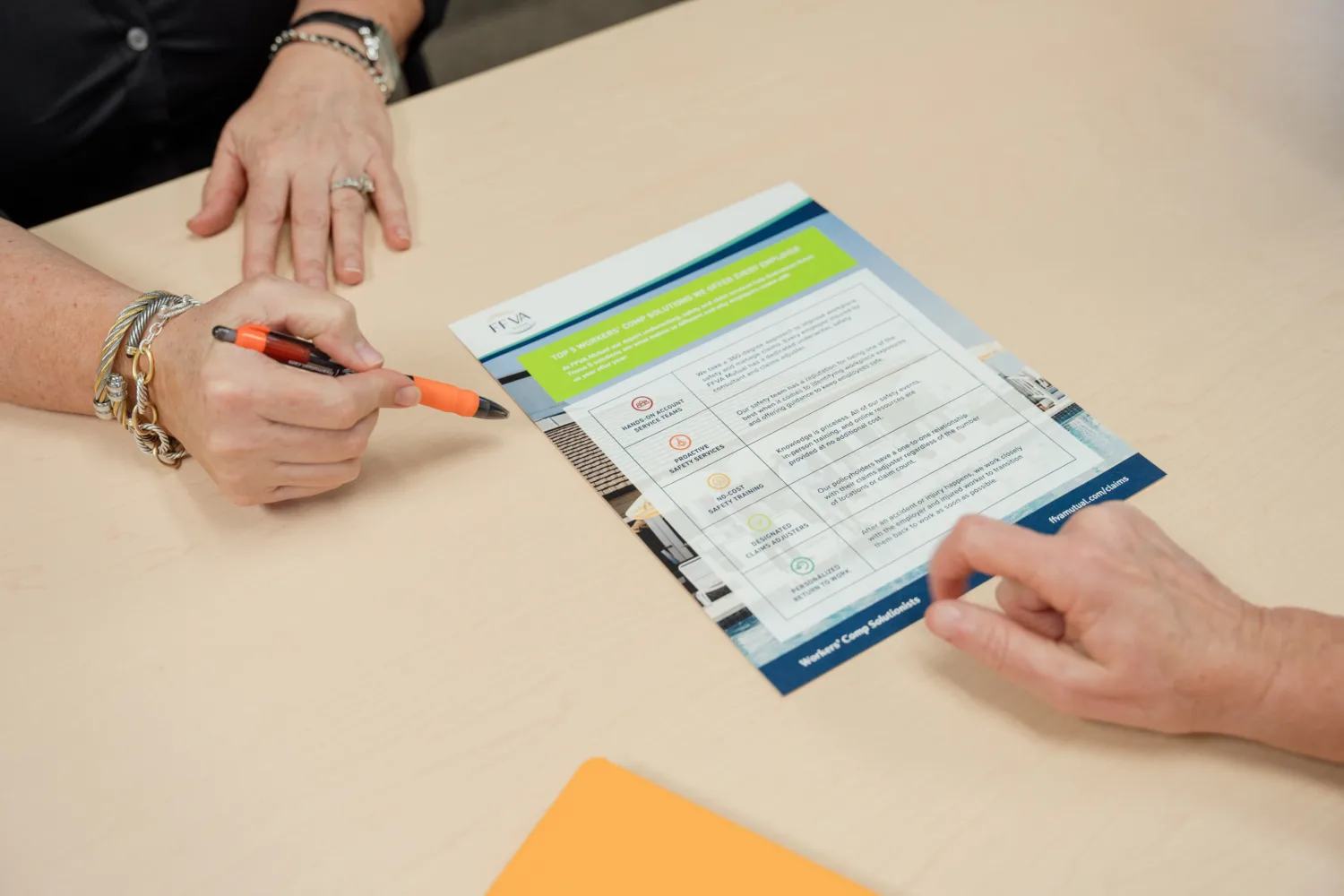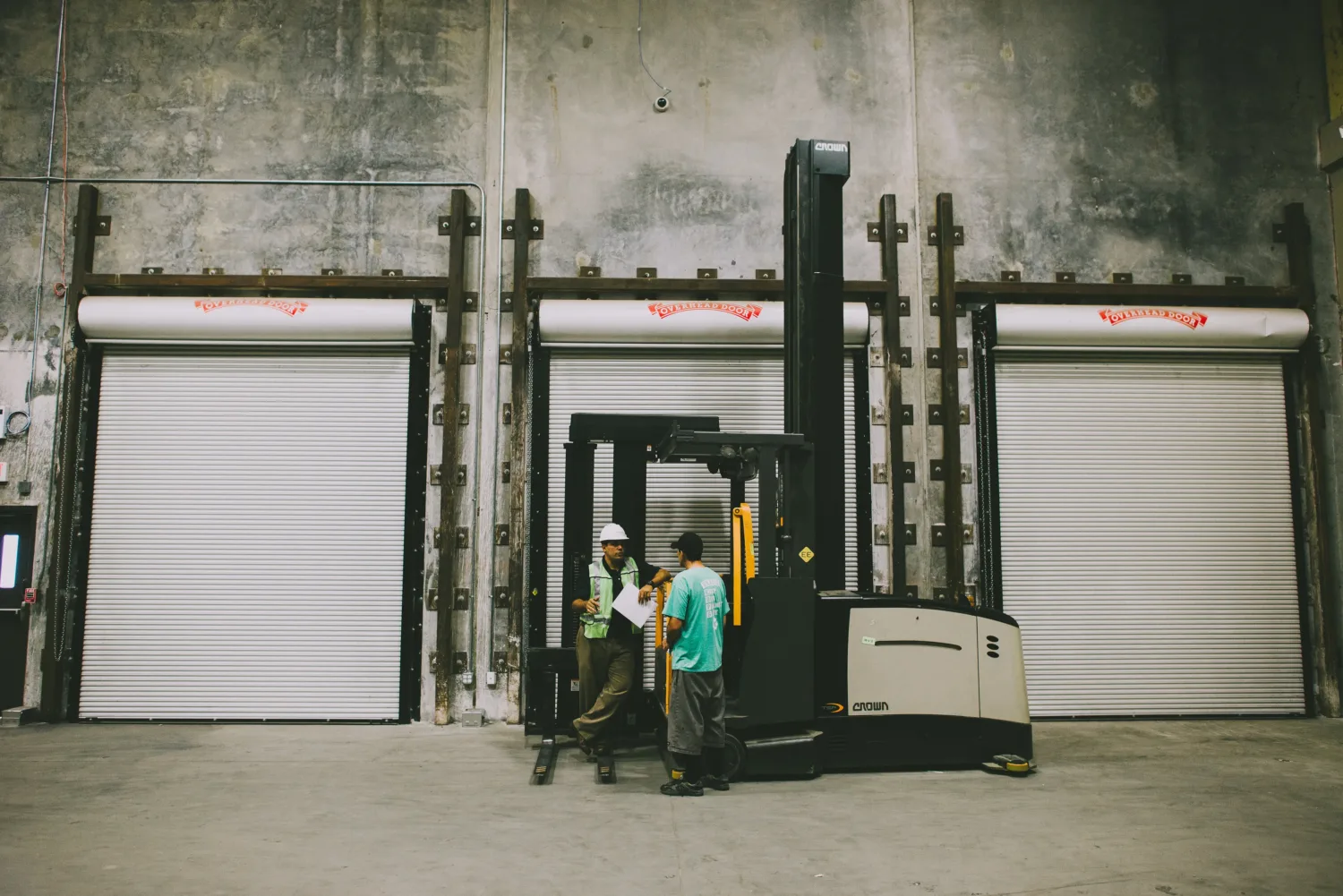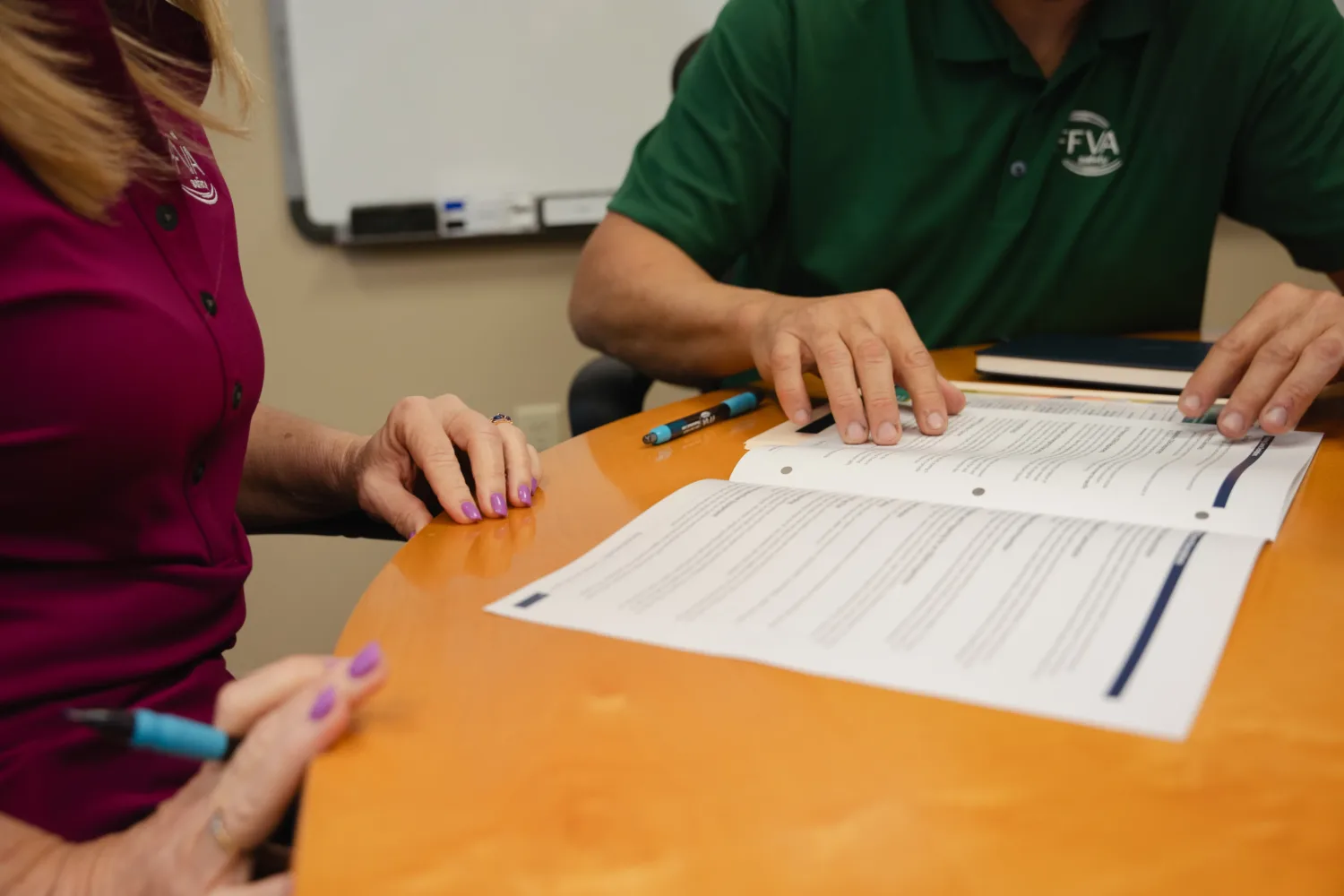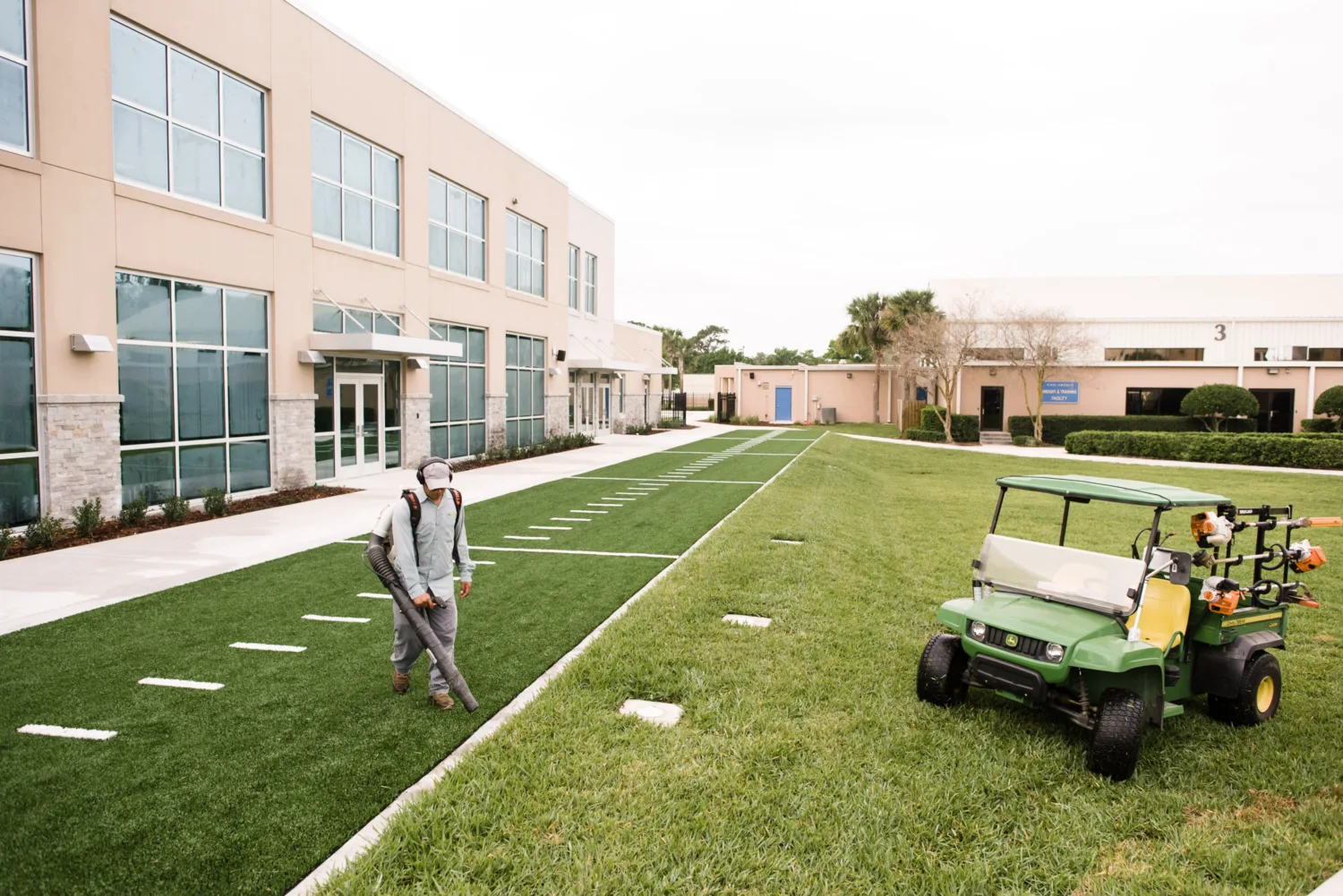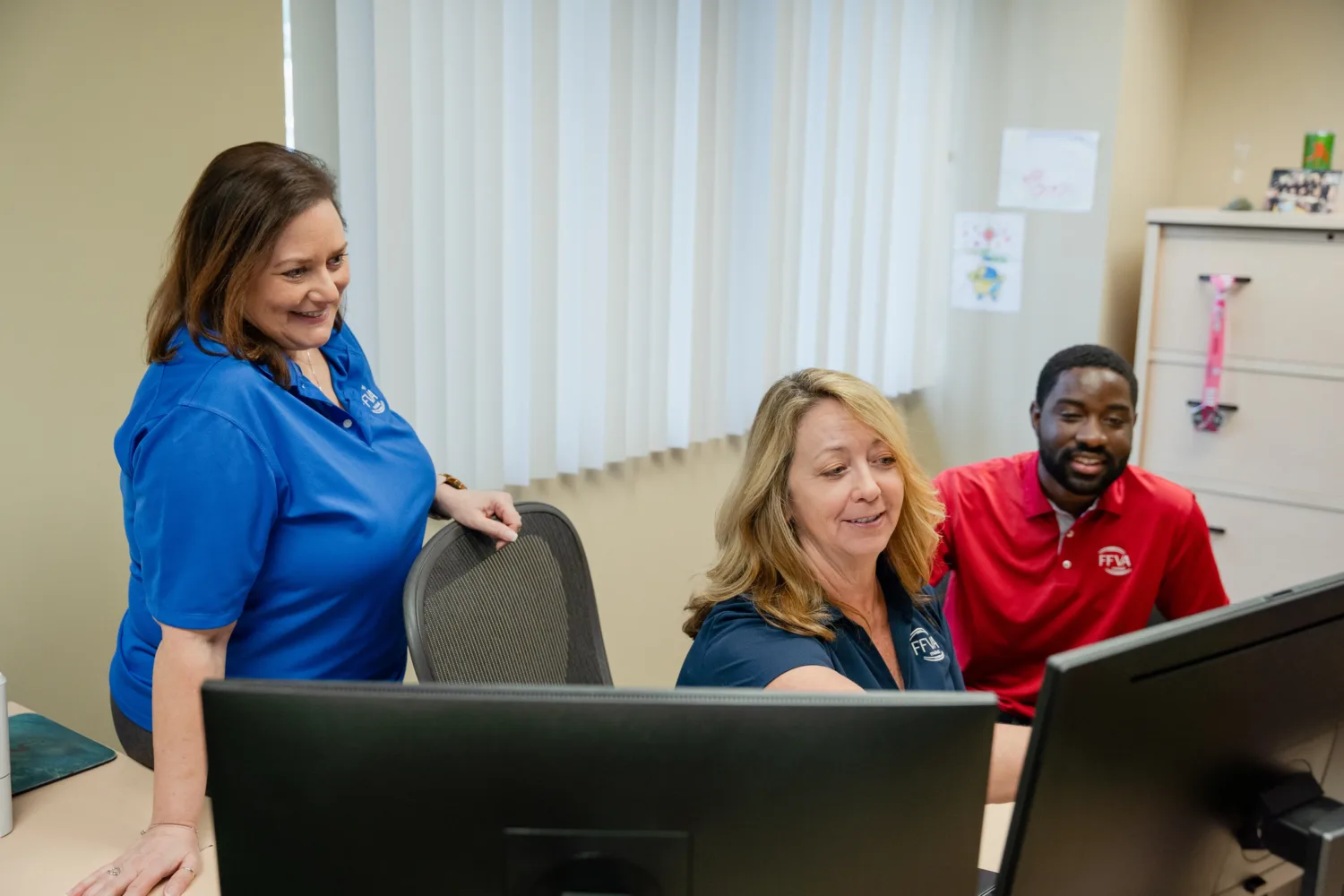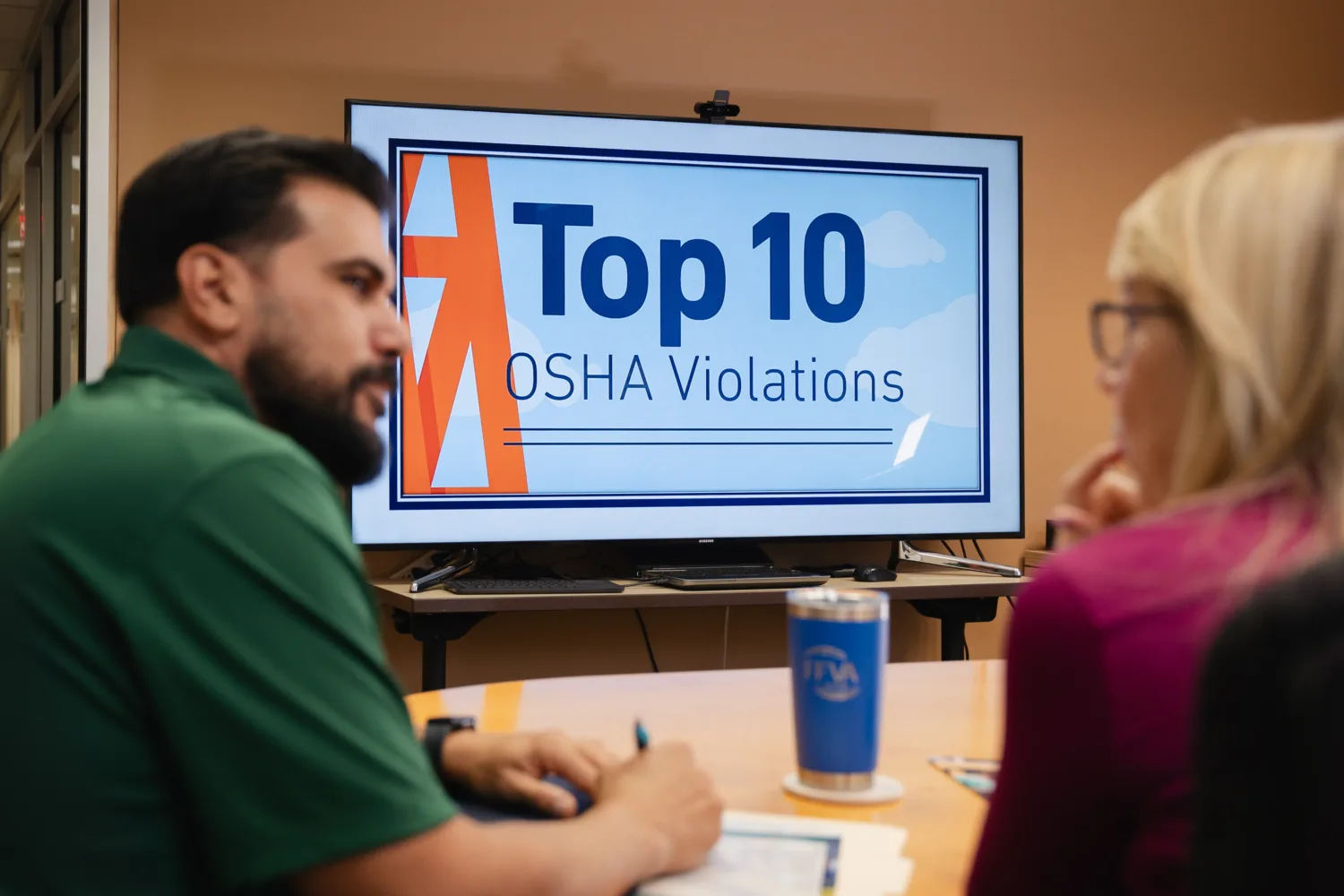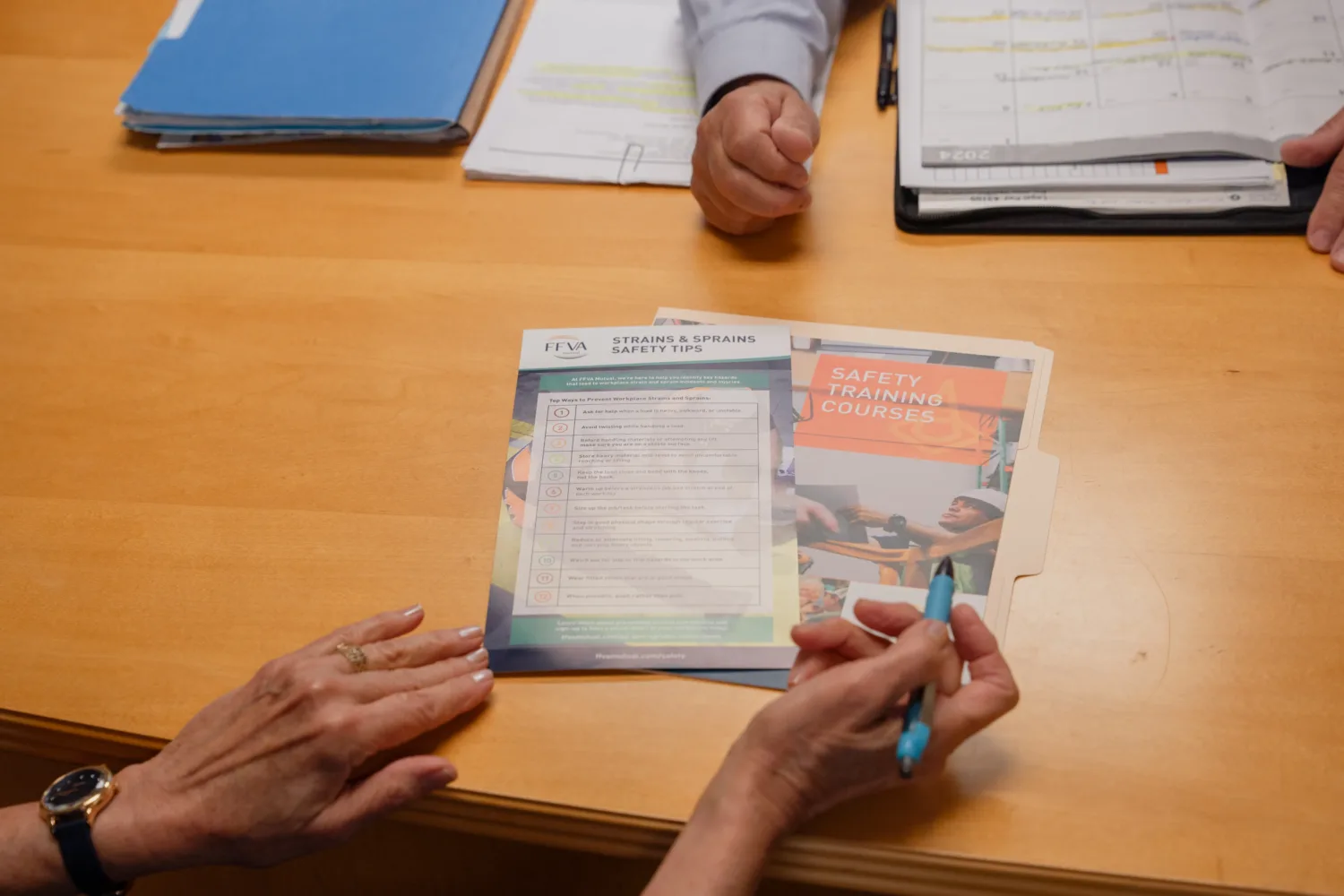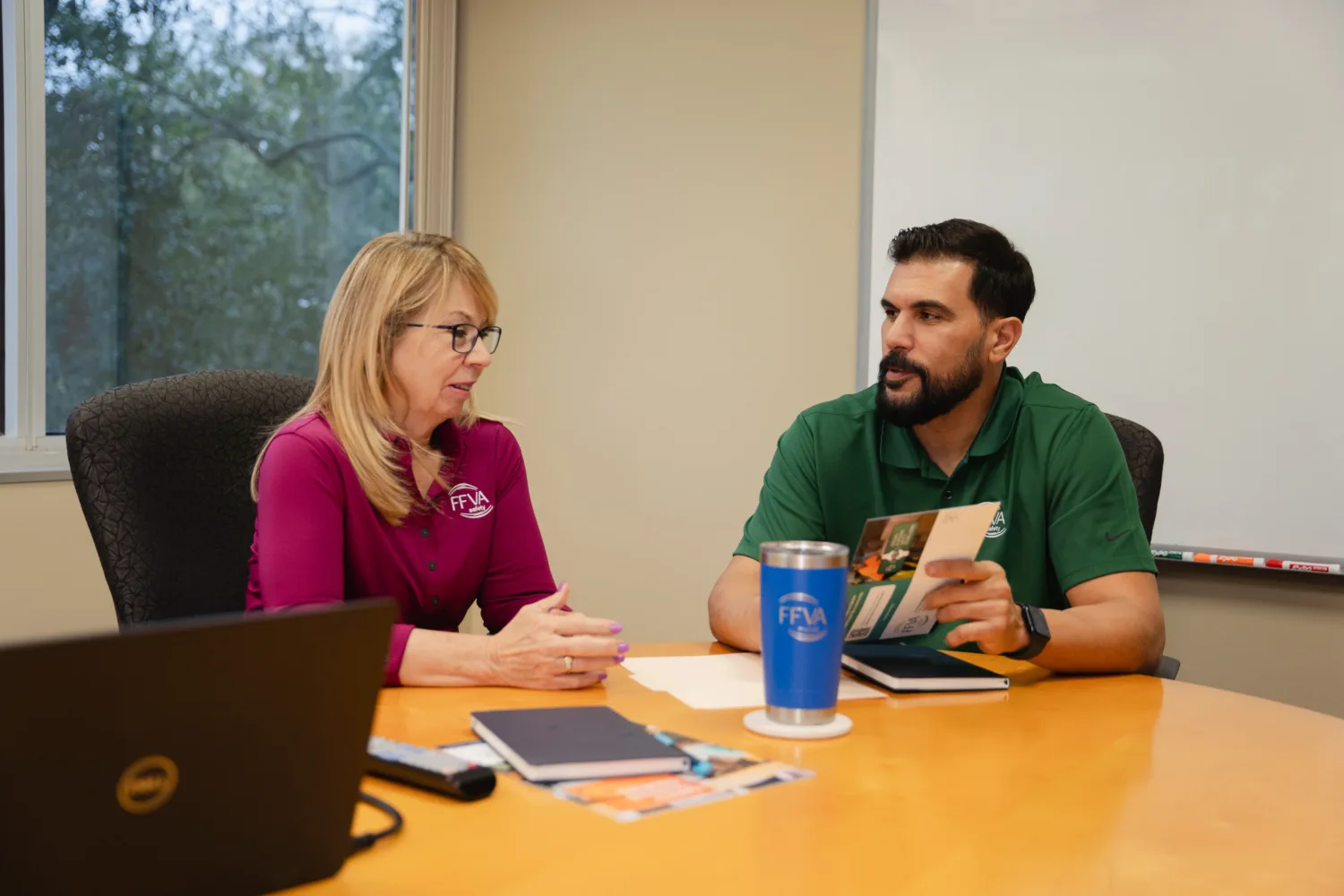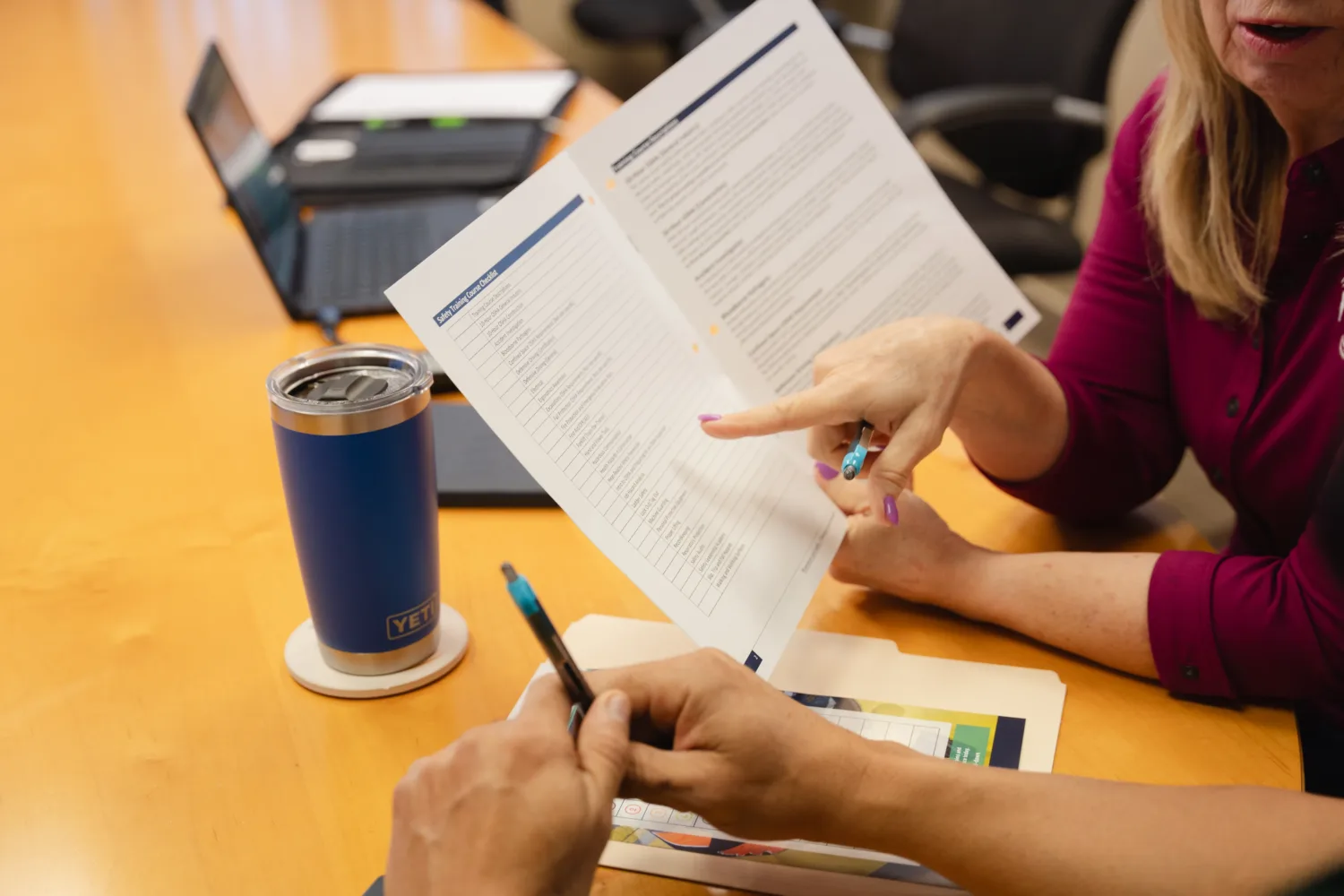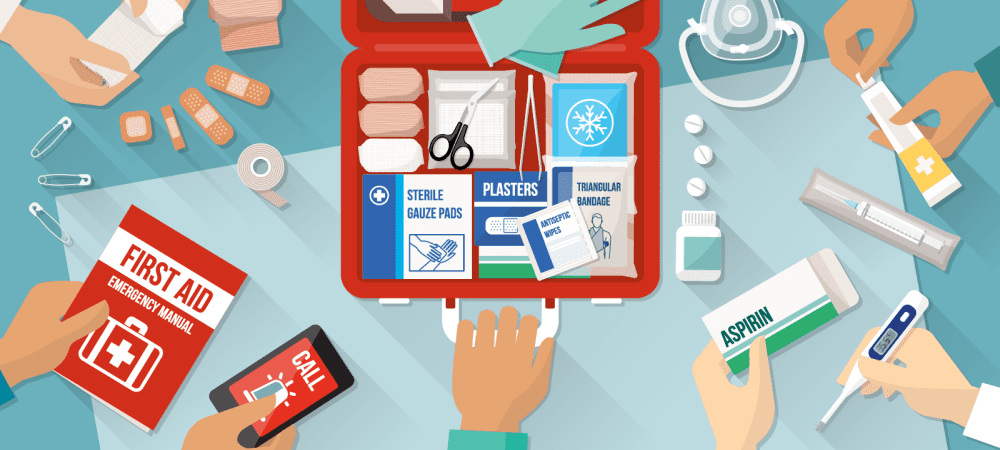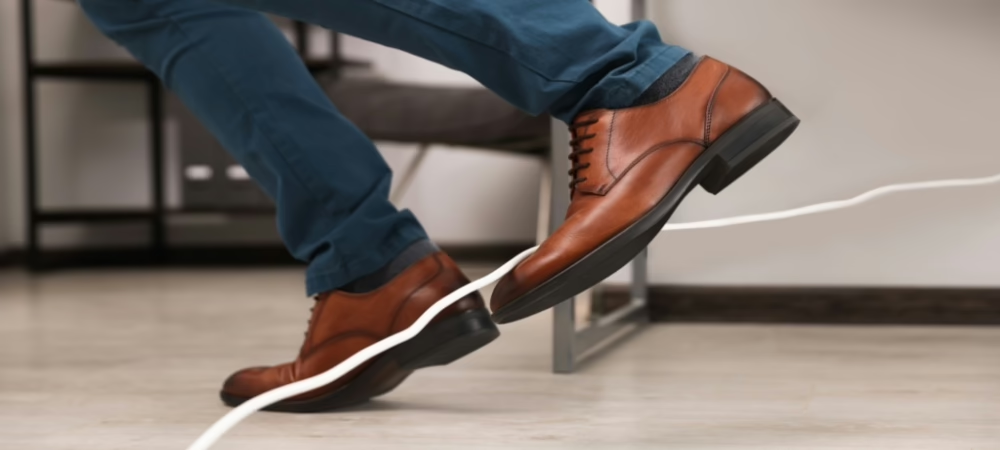ANSI First Aid Kit Requirements
No matter how committed you are to workplace safety, accidents happen. When they do, it’s important you’re ready to act fast to provide injured employees with the appropriate medical attention.
First aid kits should form a basic element of your first-line defense. Consisting of the medical aid supplies and equipment needed to quickly respond to moderate injuries, first aid kits give you the capacity to bandage cuts, stop bleeding and sterilize wounds before seeking further medical services.
Reflecting the importance of these necessities, it’s important to consider the American National Standards Institute’s (ANSI) first aid kit requirements as a fundamental element of workplace health and safety.
Why it’s important to have a workplace first aid kit available
Many injuries are relatively minor and don’t require a trip to the emergency room. However, employers still need the right supplies to respond to those injuries before they become more serious. That’s where first aid kits come in.
There are two main types of first aid kits available to companies, including:
- Class A: Your class A kit provides the basic essentials for some of the most common workplace injuries. They’re suitable for most workplaces and should form the baseline for your selection of workplace first aid kit components.
In addition, a Class A first aid kit supply must contain the full assortment of ANSI compliant supplies in the quantities specified in Table 1 of ANSI/ISEA Z308.1-2021 — which will make sure it’s equipped to treat minor burns, cuts, abrasions and eye injuries until further attention arrives.
- Class B: ANSI first aid class B kits contain the same medical supplies and equipment as Class A kits, but in much greater quantities to address highly specific and complicated workplace injuries — the details can also be found in Table 1 of ANSI/ISEA Z308.1-2021. Note that a Class B supply kit must include two extra tools: a splint and a tourniquet. However, they’re sometimes tailored to the unique occupational health requirements of defined sectors or industries.
First aid kits give you the tools to respond to an accident, but they’re also compact and easily accessible. Even if you have the required medical supplies in your workplace, if they’re stuck in drawers or hanging out behind desks they won’t be of service to anyone — especially in an emergency. It’s important that first aid kits are there when you need them so you don’t waste any time when giving medical attention. Here are ANSI’s guidelines when it comes to first aid kit containers:
- Type I first aid kits are designed for indoor, stationary use and are typically mounted in a fixed location. They’re commonly found in offices, schools and other indoor locations.
- Type II kits are portable and meant for indoor use, with a low risk of damage to the supplies. They’re ideal for a smaller, yet high-traffic work environment such as a retail store, restaurant or salon.
- Type III kits are portable and intended for use in mobile, indoor and outdoor settings and are water-resistant. They are suitable for outdoor workplaces such as construction sites, camping trips or other activities where there may be exposure to moisture
- Type IV first aid kits are meant for portable use in outdoor and mobile industries, where the supplies may face potential damage from environmental factors and rough handling. These kits must meet specific performance guidelines to resist corrosion, moisture and impact as specified in ANSI/ISEA Z308.1-2021. Examples of industries that would benefit from Type IV kits are agriculture, forestry, and oil and gas.
Beyond fulfilling your federal ANSI compliance requirements, having a well-stocked first aid kit also demonstrates to employees that you take their occupational safety and well-being seriously. It shows them that you’re willing to invest in them as people, and that you have the capacity to provide meaningful medical support if they suffer from a workplace injury.
This can go a long way to strengthening your relationships with employees, increasing engagement and lowering your quit rates.
OSHA: What is the standard regarding first aid kits?
While the Occupational Safety and Health Administration (OSHA) has a number of guidelines governing the storage, usage and inspection of first aid kits, they have not set requirements to have one. They do, however, maintain specific guidelines for the following industries:
Moreover, OSHA has established regulations for medical services and first aid in the workplace through the 29 Code of Federal Regulations (CFR) 1910.151 (b). This regulation requires that at least one member of your staff is trained in providing first aid medical treatment, including CPR. But ideally, you should have multiple staff members equipped with the skills needed to respond in the event of an emergency, maximizing your chances of success if the worst happens.
Alternatively, OSHA states employers can rely on the “near proximity” of an infirmary, clinic or hospital, which is no more than 4 minutes away from the workplace — an interpretation that has been upheld by the Occupational Safety and Health Review Commission as well as by federal courts.
At FFVA Mutual, we offer a range of CPR and first aid training courses, at no cost to our policyholders. Reach out today to sign up for one of our courses.
First aid kit annual inspections
Your first aid kits (and associated emergency response plans) should pass annual inspections. Inspectors will determine whether your kits are equipped with adequate first aid supplies considering your unique workplace health and safety hazards.
Inspectors will also seek to ensure that your personnel are properly trained in the event of an emergency and have the appropriate, up-to-date certifications required by the workplace.
Complete list of first aid kit minimum requirements
ANSI’s Z308.1-1998 minimum requirements for workplace first-aid kits are as follows:
- Adhesive bandage.
- Adhesive tape.
- Antibiotic application.
- Antiseptic.
- Breathing barrier.
- Burn dressing (gel soaked.)
- Burn treatment.
- Cold pack.
- Eye covering (with means of attachment.)
- Eye/skin wash.
- First aid guide.
- Hand sanitizer.
- Medical exam gloves.
- Roller bandages (2 inch.)
- Roller bandages (4 inch.)
- Scissors.
- Splint.
- Sterile pad.
- Tourniquet.
- Trauma pad.
- Triangular bandage.
As mentioned, this first aid kit requirement list serves as a guideline and isn’t mandatory unless adopted by OSHA. Employers might also have to adjust their first aid kits to account for the size of their company, providing a greater number of kits when they have larger employee bases.
Promote employee health and safety with FFVA Mutual
A compliant first aid kit is a critical part of your occupational health and safety program. At FFVA Mutual, we work with you to build a safety program that matches your worksite hazards and keeps employees safe on the job.
